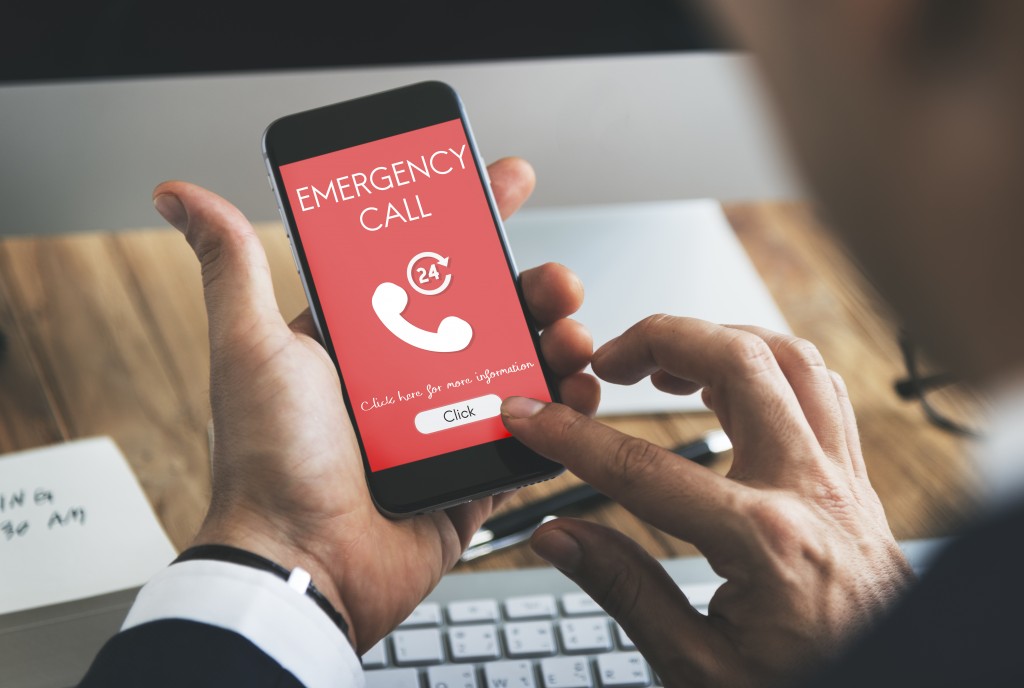Technology and data have a significantly vital part in improving emergency operations in the United States. According to statistics from the National Emergency Number Association (NENA), people make about 240 million calls to 911 annually. Approximately eight out of ten of these calls come from wireless devices.
Sadly, many emergency management systems in the country still rely on legacy systems. Consequently, individuals in need of immediate medical care are unable to provide their precise locations or coordinate with ambulance responders and reliable emergency co-responders, making resource coordination and communication more expensive and hard to execute.
The good news is that there are emerging technologies that could enhance emergency response operations and make emergency management systems more effective, secure, and intelligent. A few of these technologies are:
Blockchain
This technological term refers to an increasing list of records linked together using cryptography. Individuals can program a blockchain to digitally record transactions. As of this time, bitcoin (a payment system and cryptocurrency) is blockchain’s most scalable application.
Blockchain can be highly advantageous for improving the transparency and interoperability of an organization’s emergency management department. Organizations, for instance, could adopt blockchain and use it to coordinate funds, aid, and other resources in an emergency. When many parties use a blockchain-based system, they’ll be able to pull off more efficient emergency responses and allocate resources to much-needed areas.
When looking at the issue of transparency, blockchain may offer an indisputable record that anyone can access. People looking at the blockchain will know where the resources are going. Since everyone can view the transactions, corruption and unauthorized resource diversion are unlikely to occur.
Internet of Things (IoT)

This term is a system of digital and mechanical machines, as well as interrelated computing devices, equipped with software and sensors that gather and transmit data. When used for emergency management, this technology has the potential to improve data collection and dissemination to various departments in a city.
Floods, tornadoes, hurricanes, and other weather-related catastrophes sometimes impede emergency response teams from getting to their intended destination. This obstruction cuts down the teams’ ability to respond quickly, notify people with up-to-date weather information, and track damage caused by the weather problem. Adding IoT to these regions will make critical data communication easier for emergency responders.
Cities could also use IoT to become more proactive. Installing IoT on city infrastructure enables professionals to assess surface data and risk factors concerning potential emergencies.
Artificial Intelligence (AI)
Machines equipped with artificial intelligence could do so much for people. They could serve individuals better, help people get from one area to another, change how individuals work, and more. When applied to emergency management, AI could aid in the prediction, evaluation, and simulation of incidents like natural disasters.
This gives responders and other emergency personnel an opportunity to improve their response times and optimize the dispatching of resources to affected areas.
Blockchain, IoT, and AI are three emerging technologies to consider when taking steps to improve emergency management and response. With these technologies, cities can effectively gather, analyze, and disseminate valuable data and information to people. On top of that, emergency staff can improve their efficiency and capacity by using these technologies.






